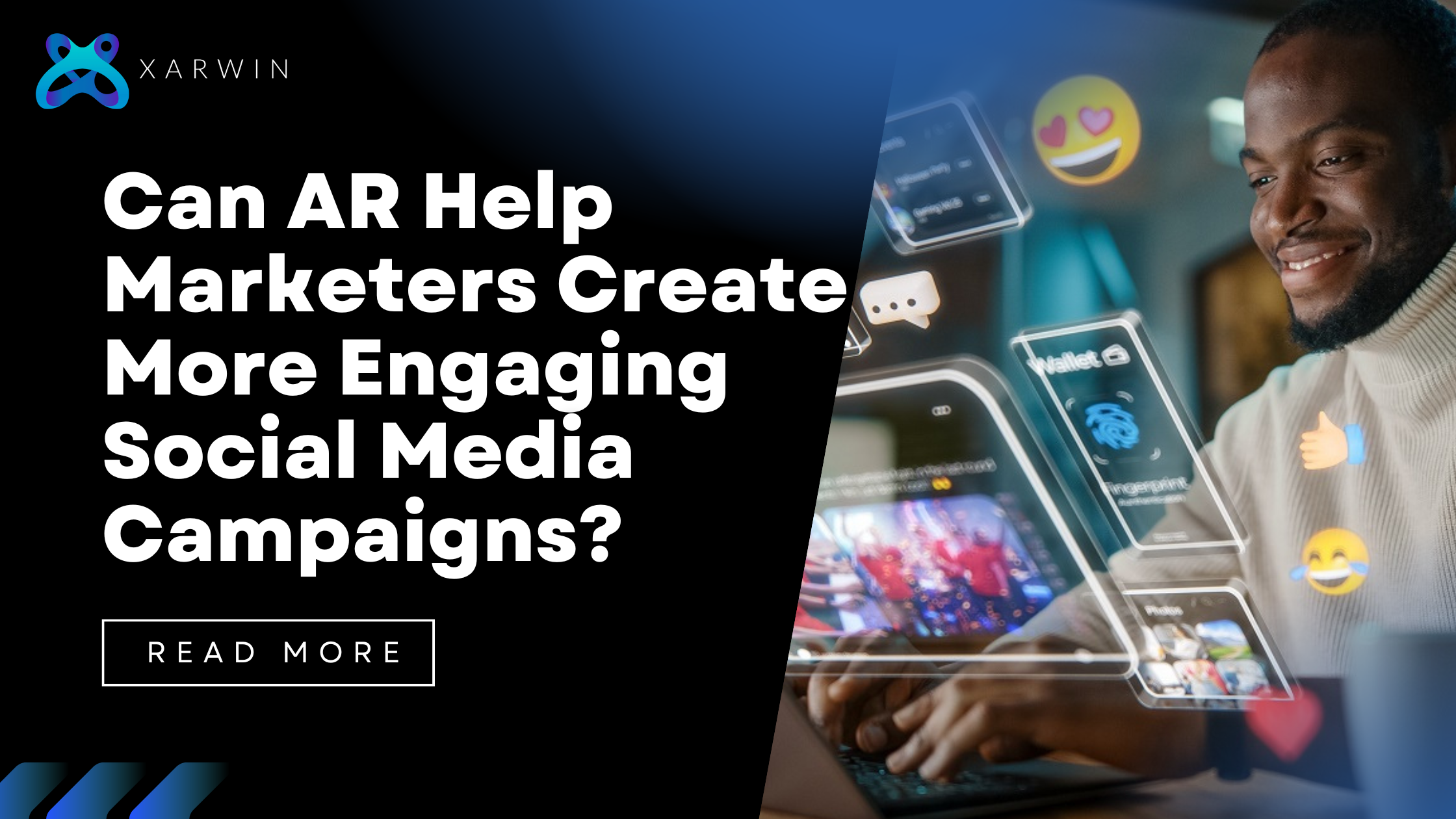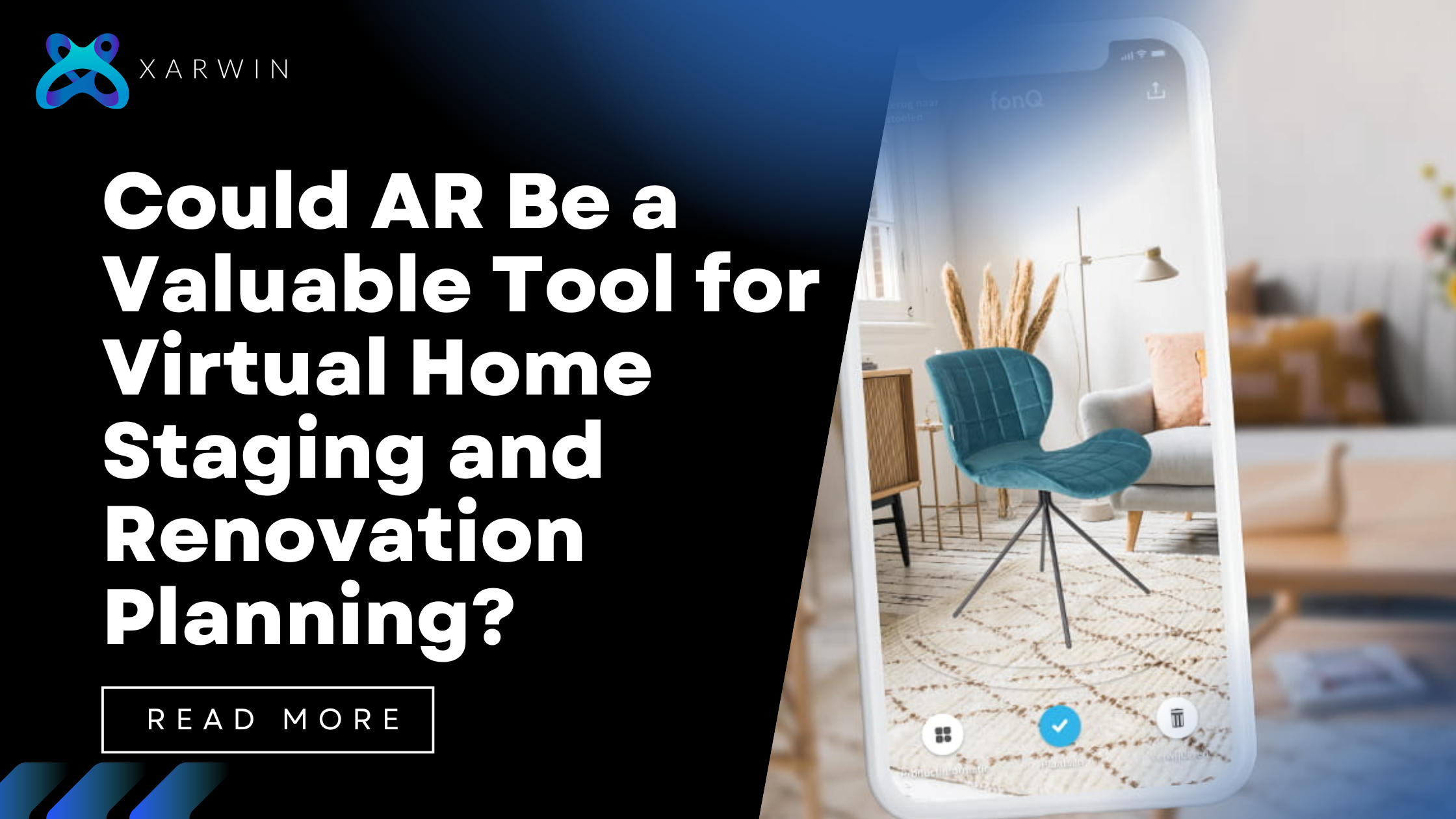AR is a technological process that superimposes digital data onto a viewable position, typically through a smartphone or tablet. Imagine you’re at a music festival. You see fireworks and enjoy the visual spectacle, yet they’re not there during the fireworks display; instead, you experience them through your phone pointed at the stage.
The Power of AR for Event Planning:
For event planners, AR offers a treasure trove of possibilities:
Enhanced Venue Visualization:
Imagine being able to visualize the underlying space with just a few clicks. CAD software can simulate a visual image of the exhibition, marking the stage locations, seat arrangements, and vendor booths. This helps organizers envision how the venue will look, facilitating virtual tours, identifying potential bottlenecks, and optimizing traffic flow even before a single tent peg is struck. Clients can take advantage of seeing the event space virtually, saving time and providing real-time feedback.
Interactive Scavenger Hunts:
Picture visitors using their cellphones to search for outdoor virtual clues throughout the event stadium. This adds a gaming element, incentivizing exploration, and increasing participation. For a music festival, clues could be song lyrics scattered throughout the venue, leading participants on a musical adventure.
Real-time Information Overlays:
Imagine your phone providing access to a wealth of information about food stalls, including real-time digitized menus with calorie counts and dietary restrictions. By using AR, attendees can receive live information about public speakers, event schedules, or even restroom directions, eliminating the need for cumbersome physical signage. Enhance the interactive AR tool by allowing people to rate vendors and food items, providing valuable feedback for future events.
Accessibility Features:
AR can help break down barriers for individuals with disabilities. Visualize audiences with visual impairments listening to descriptions of the visual world through their phones, or those with hearing impairments following on-stage conversations via transcripts displayed on their fingertips. AR can also translate signs and menus into different languages, enabling people who don’t speak the usual language to participate in the event.
Marketing with an AR Edge:
AR isn’t just for the event itself; it can revolutionize pre-event marketing too:
-
Interactive Invitations:
Ditch the static emails. Imagine an AR invitation where, upon opening, a 3D model of the event venue pops up, showcasing highlights and sparking excitement. Incorporate gamified elements within the invitation, allowing potential attendees to unlock exclusive discounts or early-bird access by completing AR challenges.
-
Virtual Tours:
Can’t afford to fly potential attendees to the event location? No problem! AR allows for immersive virtual tours, giving a taste of the atmosphere and enticing participation. Make virtual tours interactive by allowing users to teleport to different parts of the venue or zoom in on specific features that interest them.
-
Social Media Buzz:
Create AR filters for popular social media platforms like Instagram. These location-specific filters allow attendees to share branded experiences and generate organic event buzz. Track the reach and engagement of your AR filters to understand how they’re impacting brand awareness and event promotion.
-
Targeted Advertising:
Imagine geofencing technology delivering AR ads to people’s phones as they approach the event location. These ads can be highly targeted, showcasing specific elements of the event most relevant to the user. Go beyond simple ads and use AR to offer attendees personalized recommendations for food vendors, talks, or activities based on their interests.
Benefits Beyond Engagement:
The advantages of AR extend far beyond just creating a more engaging experience. Consider these additional benefits:
-
Sustainability:
AR can replace the need for physical signage, reducing waste and promoting eco-friendly practices. Additionally, AR can be used to educate attendees about sustainability initiatives at the event, encouraging them to participate in eco-conscious practices.
-
Data Collection:
By interacting with AR elements, attendees provide valuable data about their preferences and interests. This allows for better planning of future events and targeted marketing campaigns. However, transparency is key. Communicate how data is collected and used to build trust with attendees.
-
Cost-Effectiveness:
While initial setup costs for AR experiences might be higher, consider the long-term savings. AR can replace the need for expensive printed materials and physical signage. Additionally, the ability to gather data allows for more targeted marketing, potentially reducing overall marketing spend. Conduct a cost-benefit analysis to determine the return on investment (ROI) for your AR implementation.
Challenges and Considerations:
Of course, AR isn’t without its challenges:
-
Technical Limitations:
Not everyone has access to smartphones or tablets with AR capabilities. Additionally, ensuring a smooth AR experience requires a strong and reliable internet connection, which might only sometimes be feasible at outdoor events. However, there are workarounds. Consider offering loaner devices at the event entrance for those without compatible phones. Additionally, explore offline AR experiences that function without an internet connection.
-
Privacy Concerns:
Data collection through AR interactions raises privacy concerns. Transparency and clear communication about how data is used is crucial for building trust with attendees. Allow users to opt out of data collection and prioritize anonymized data whenever possible.
-
User Experience Design:
A poorly designed AR experience can be frustrating and counter-productive. It’s essential to invest in user experience (UX) design to ensure an intuitive and enjoyable experience. Conduct user testing throughout the development process to identify and address any UX issues.
The Future of AR in Outdoor Events:
As AR technology continues to evolve, so will its potential for outdoor events. Imagine interactive product demonstrations at trade shows, AR-powered treasure hunts at historical reenactments, or even concerts with virtual guest performers appearing alongside the main act. The possibilities are truly endless.
Conclusion:
While AR is still in its early stages within the event industry, it holds immense potential. By embracing this technology, event planners and marketers have the opportunity to create truly unique and unforgettable experiences for attendees. So, the next time you’re planning an outdoor event, consider incorporating AR and see how it can transform your event from good to groundbreaking.
As a trailblazer in augmented reality (AR), Xarwin combines innovation with a user-centric approach to redefine industry standards. Its team of expert engineers, designers, and strategists excels in crafting immersive AR experiences across various sectors. With each project, the company not only meets current demands but also shapes future trends, establishing itself as a leading force in the AR landscape.





